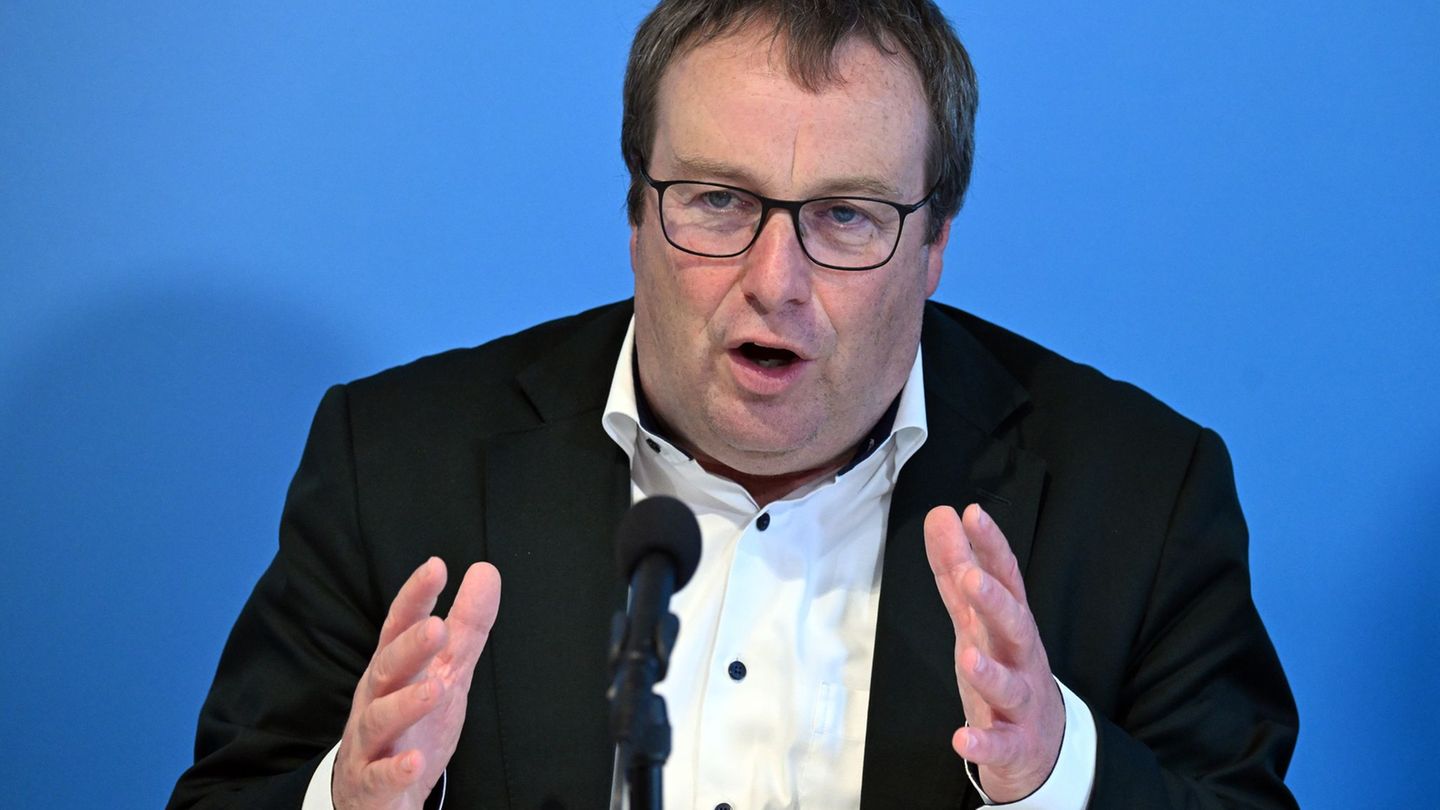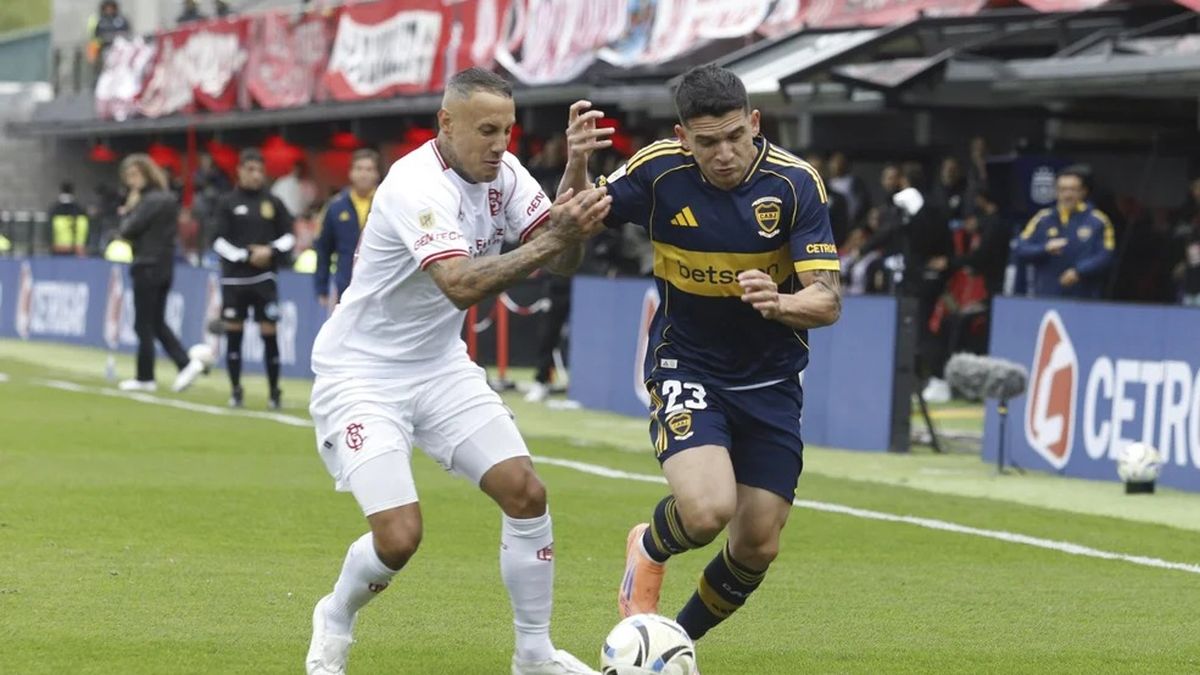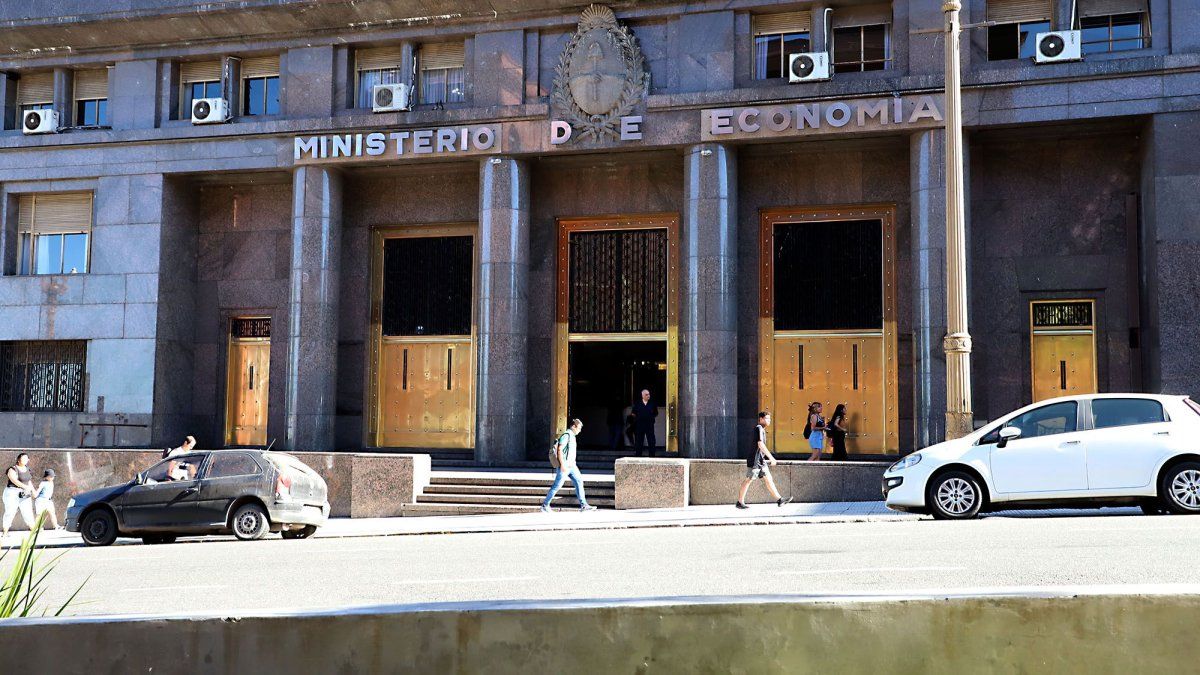For its part, the MEP dollar or “Stock Exchange” fell 0.9% (-$1.92) to $205.49. From January 28, exhibits a decline of 7.5% (-$16.56).
The high inflation and the low level of net reserves, at a time when the demand for foreign currency usually exceeds the supply, force the BCRA to adjust the “crawling peg”, which favors the reduction of gaps and exchange competitiveness, but implies a risk of acceleration of inflation that already has a very high inertia floor.
On this day it was known that inflation accelerated in January to a 3.9% monthly, according to INDEC.
“The acceleration of the crawling-peg continues to arouse expectations, given that it is not only positive to avoid continuing to incubate backwardness in the face of inflation, but it would also be accompanied by an upcoming rate hike on the way to positive real yields. This strategy generates a positive reaction in the financial dollars and thus they extend the greatest calm – far from the latest highs – and on the contrary there is a greater tactical appetite towards CER titles – in the face of forecasts of still high inflation – and ¨dollar-linked¨ to capture contraction of the ¨gap¨ from bottom to top”, analyzed the economist Gustavo Ber.
Anticipating the inflation data and the movements of the Central Bank, the market requested a higher rate in the recent auction of debt in pesos from the Treasury. The Ministry of Finance ended up validating these increases and the rates for fixed-rate bills grew to the 52%/53% zone in annual and effective terms.
It is worth remembering that the participants of the REM projected an inflation of 55% for 2022. Likewise, the official dollar has already been advancing at an annual rate of over 40% and is approaching the rate of inflation.
official dollar
The wholesale dollar, which is directly regulated by the BCRA, increased 11 cents to $106.47.
The official comes from posting its highest weekly rise in almost a year and is already advancing at a rate of over 40% per year.
The price of the “greenback” was cushioned by the inflow of “genuine” dollars from foreign sales. Within this framework, the entity led by Miguel Pesce was able to end its intervention in the official foreign exchange market with a net purchase of US$7 million. Thus, it increased its accumulated positive result for the month to more than US$95 million.
Meanwhile, the savings dollar or solidarity dollar -retail plus taxes- rose 26 cents to settle at $185.08 on average.
I followed all the dollar quotes in scope.com.
The blue dollar closed stable at $215, according to a survey carried out by Ámbito in the Foreign Exchange Black Market. In this way, he accumulated his fourth day without registering raises.
Even so, the informal dollar is still the most expensive exchange rate in the market as the CCL fell again.
The spread between the blue and the wholesale exchange rate, which is directly regulated by the Central Bank, fell to 101.9%, the lowest since January 17, due to the acceleration in the rate of devaluation of the official, and the greater calm that the parallel has been exhibiting after the announcement of understanding with the Fund.
Source: Ambito
David William is a talented author who has made a name for himself in the world of writing. He is a professional author who writes on a wide range of topics, from general interest to opinion news. David is currently working as a writer at 24 hours worlds where he brings his unique perspective and in-depth research to his articles, making them both informative and engaging.




